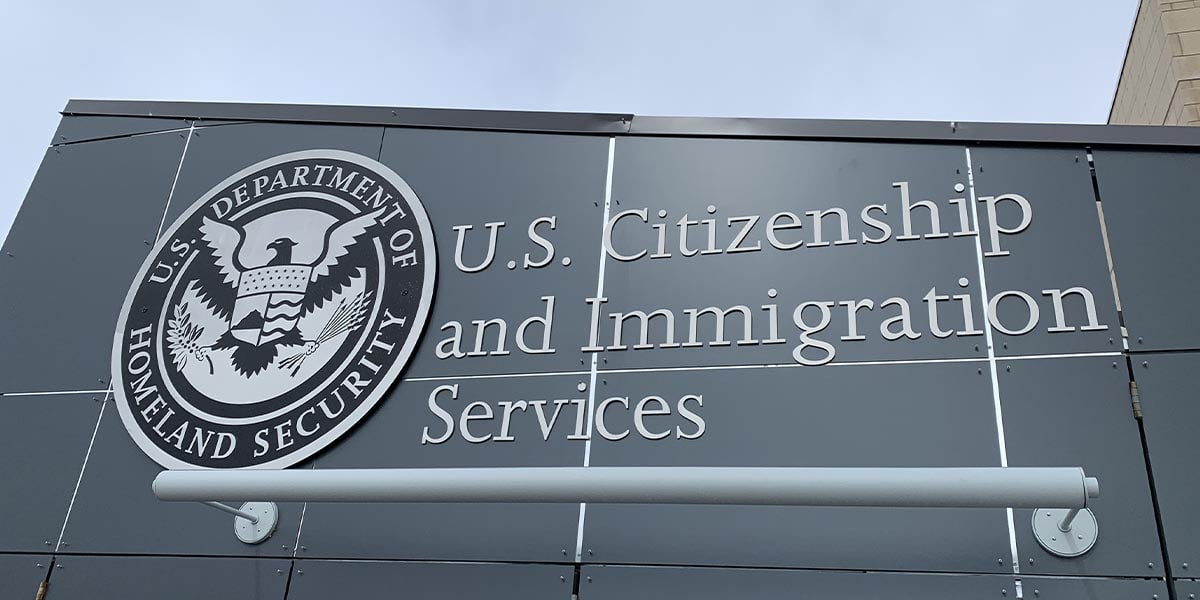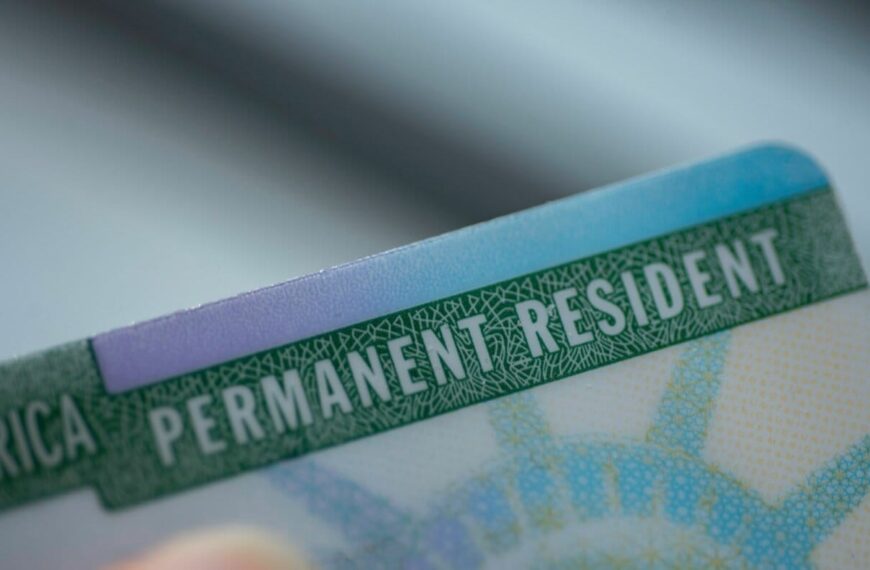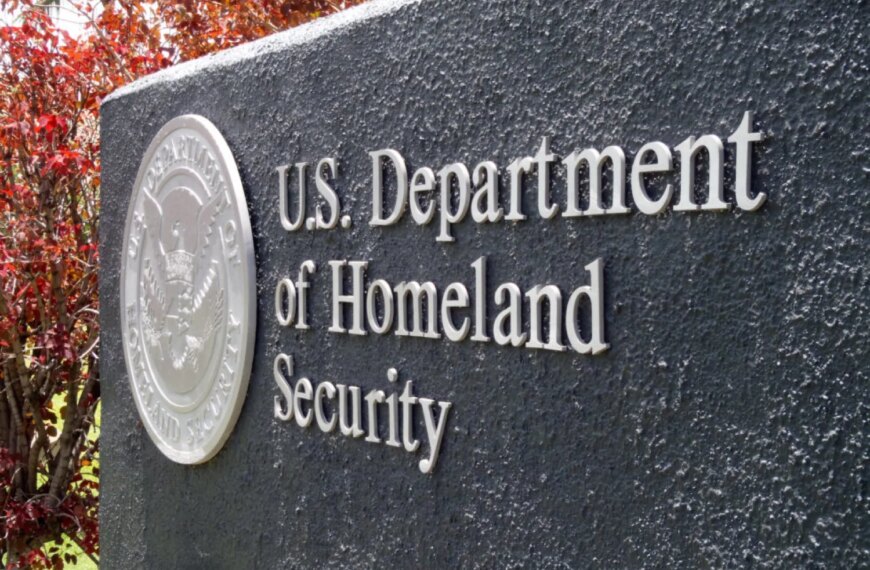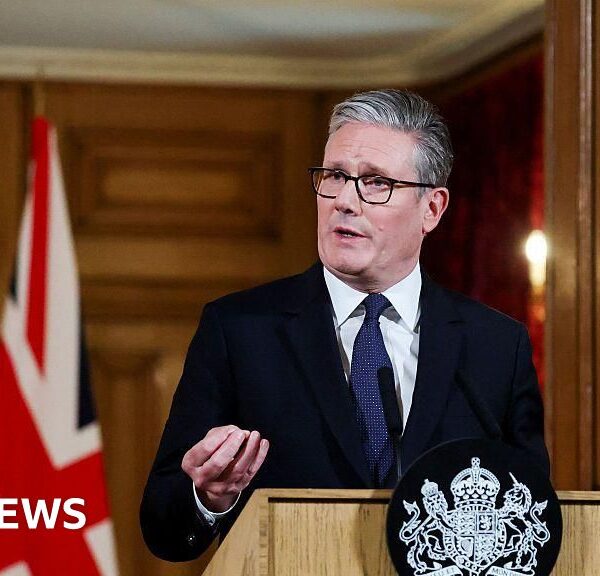Understanding the H-1B Visa Cap for FY 2026
The H-1B visa program is a crucial pathway for skilled foreign workers seeking to contribute to the United States economy. As we look at the fiscal year 2026, it is essential to grasp the implications of the H-1B visa cap and what it means for potential applicants.
What is the H-1B Visa Cap?
The H-1B visa cap refers to the annual limit set by the U.S. government on the number of H-1B visas that can be issued. Currently, the cap is set at 65,000 visas for general applicants, with an additional 20,000 visas available for those holding a master’s degree or higher from a U.S. institution. This program allows U.S. companies to employ foreign workers in specialty occupations that require theoretical or technical expertise.
Recent Developments in the H-1B Visa Process
With the cap for FY 2026 already reached, it is crucial for applicants to understand how this affects their immigration plans. The overwhelming demand for H-1B visas often leads to a lottery system, where eligible applications are randomly selected. Here are some key points to consider:
Trends Impacting the H-1B Visa Cap
Several factors influence the demand for H-1B visas each year:
What Happens After the Cap is Reached?
When the H-1B cap is reached, applicants must consider alternative paths. Here are a few options:
Conclusion
Navigating the H-1B visa process can be challenging, especially as the cap for FY 2026 has been reached. It is crucial for potential applicants to stay informed about the latest immigration news and consider all available options. Whether it’s utilizing the USCIS office locator or exploring other visa alternatives, being proactive is key to successfully achieving your immigration goals.
As the landscape of U.S. immigration continues to evolve, understanding the nuances of programs like the H-1B visa will empower skilled workers to make informed decisions about their professional futures in the United States.










